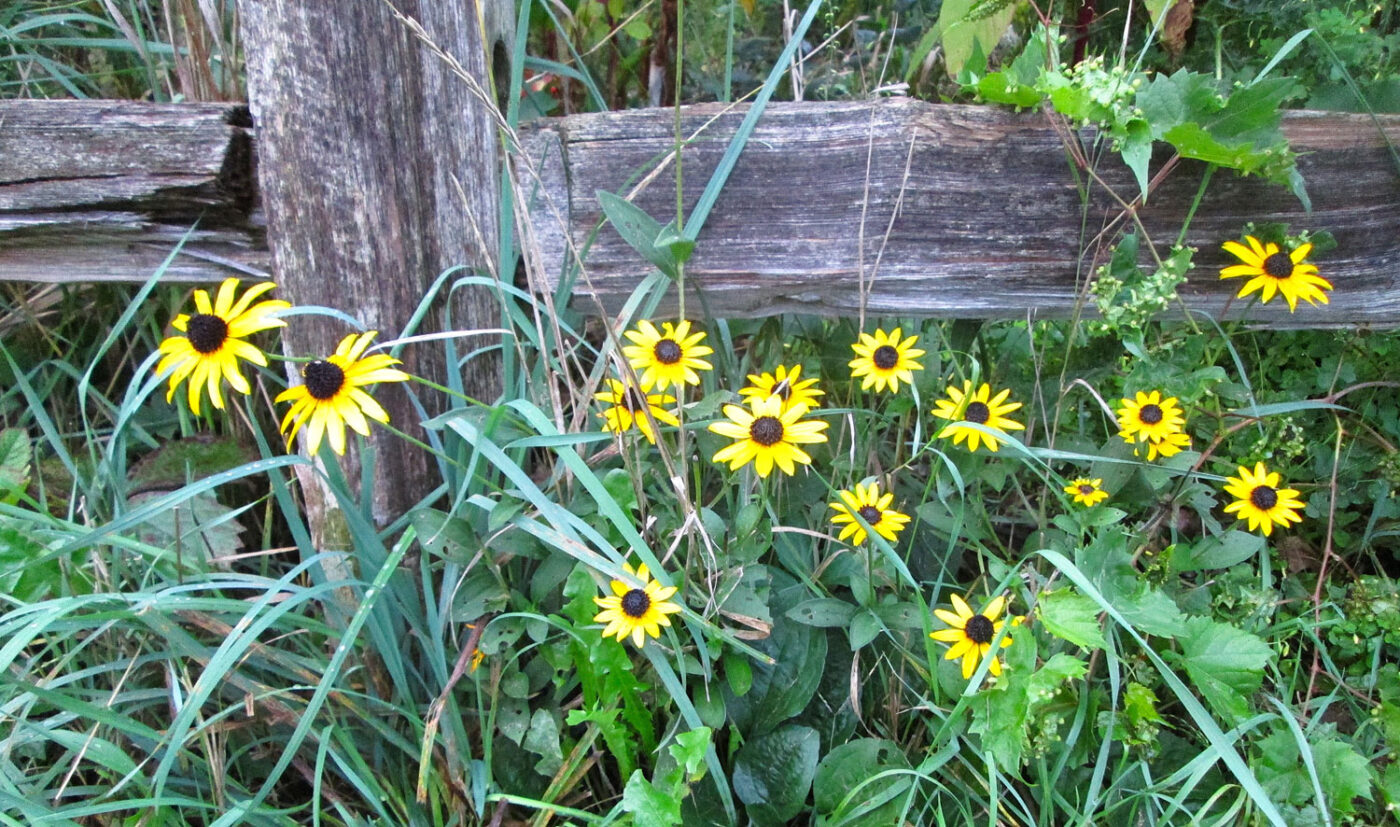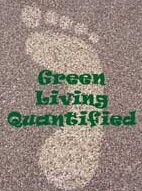
Our Experience
There are so many ways to help yourself and your environment through gardening! Plus it is fun and productive! Every week during the summer I am eating from my perennial garden, including herbs, peaches and apples, raspberries, blackberries, elderberries, currants and chokeberries (good for teas), rhubarb, sunchokes, and most recently, asparagus! Perennials come up every year, after being planted once. This was helpful to me because my teaching job kept me busy right through the prime planting month of May. So having plants come up naturally without my effort (just requiring weeding) was exactly what my busy schedule called for. However, do know that it may take a year to 6 years (for fruit trees) to produce, so you may have to be patient! Perennials put their first year of growth into developing solid and deep roots, which enable them to survive harsher weather, such as droughts and storms. So expect it to take a couple of years before your get fine harvests!
I was also inspired by green-thumb neighbors with beautiful flowers in their front yards and monarch butterflies flitting through their gardens. When I was young, monarchs and other butterflies were common – now not so. Currently bee populations are threatened. Fortunately, native gardens are perennial so they also require less gardening than conventional annual gardens. When expanded, native gardens can cut down on grass mowing time.
Community Involvement: I love residential neighborhoods where the trees are bigger than the houses. A big disappointment for me was when our block lost trees due to disease, making our neighborhood nearly treeless. So I arranged with the city that they and I would help to subsidize some of the neighbors to put trees along the parkway (between the sidewalk and street). I wanted the beauty and the shade offered by trees, but in addition I have learned that trees soak up excess rain. Our block is more attractive now, although the trees are still young.
Your Choices
Multifaceted protections to help reduce or mitigate effects of climate change are listed in the Table below (Yu, 2025)(Yale, 2022).
| Action Choices (with Links) | Reasoning |
| Plant trees (and large bushes) | * Reduce greenhouse gases, by carbon sequestration both in plant matter and in soil. (See Table 2 for numbers.) * Stabilize topsoil (reducing erosion), by providing a wind break for dry areas, and soaking up floods in wet areas. * Generate plant litter, enabling soil to become more organic in nature. * Generate shade that can reduce temperatures in summer both inside and outside your home, saving you in cooling costs. * Raise the property value of your home and improve your neighborhood, when tree(s) are maintained in good shape. * Raise the humidity in dry conditions since trees transpire water. |
| Garden with native plants | * Beautify your neighborhood for your family and neighbors to enjoy. * Stabilize topsoil, since native plants have deep roots, reducing water and wind erosion, surviving droughts, and sequestering carbon. * Help wild birds, butterflies, bees with native food and habitat, thereby increasing cross-pollination of foods for both us and native animals. * Reduce gardening time and toxicity, through rare use of pesticides, herbicides, watering. |
| Garden with perennial foods | * Enjoy berries, vegetables, herbs and other fruits for your dinner and cutting food costs * Stabilize topsoil, since perennials have deep roots, reducing water and wind erosion, surviving droughts, and sequestering carbon. * Help pollinators, with perennial foods’ flowers. |
| Develop organic or regenerative soils | * Till conservatively, by retaining previous years’ crop litter until spring and serve as green manure fertilizer for the next year’s crop. * Sequester carbon in soils, by making plant litter available to microbes and bacteria who sequester soil carbon and make it available to plants. * Avoid use of chemical fertilizers, pesticides and herbicides, which kill important microbes, bacteria and worms that build organic soils. * Stabilize and build topsoil, since organic soils cluster better, preventing erosion. * Improve water retention capabilities, both in wet and dry areas, with clumpy soils that absorb and retain water and with plant litter that serves as mulch.Rotate crops (if not no-till) to reduce harmful pests and raise total yields. |
Background: The Science
Native Perennials Support Native Wildlife Better
As the climate continues to heat up and the effects of climate change worsen, scientists expect wet areas to get wetter and dry areas to get dryer. This affects plant and animal species, requiring them to move to cooler areas, and sometimes causing a mismatch between when plant food becomes available relative to animal births (e.g., butterflies). It is important for us to reduce greenhouse gases, mitigate the effects of climate change, and support struggling native plants and animals.
Native Perennials Survive Droughts & Floods Better
As climate change worsens, gardening and farming will be more difficult. Wetter areas will be more prone to flooding, which will result in top soil erosion, which will result in lower harvests and increased fertilizer use, which will result in more water dead zones (eutrophication). Dryer areas will be more prone to top soil erosion during wind storms and require heavier irrigation use, which will reduce valuable and limited fresh water supplies. A common problem with both wetter and dryer areas is top soil erosion. In addition, it will be important for wet soils to absorb additional water and dry soils to retain precious precipitation. Soils will survive better if the soils are organic (or regenerative) in nature.
Native Perennials Sequester Carbon More Effectively
To help with climate change, perennial plants are good at sequestering carbon in the soil. Their deep roots and leaf litter help to hold soil in place, preventing erosion and building up soil organic carbon. Plants also sequester carbon above ground in the plant’s biomass. In photosynthesis, plants and other organisms use water, carbon dioxide and the energy from light to form sugars for their own food and oxygen. Bigger plants sequester more carbon and take in more carbon dioxide. Some CO2 is released at night during plant respiration. See Plant Trees and Grass-fed Vs Grainfed for actual numbers.
References
Yu, Zhonjie (2025) Course: NRES 474 Soil and Water Conservation, University of Illinois Urbana-Champaign, Spring 2025.
Yale, Aly J. (2022) Want to Boost the Value of Your Home? Plant a Tree — Right Now. Money, Jul 11, 2022. From: https://money.com/boost-value-of-home-with-trees/.
